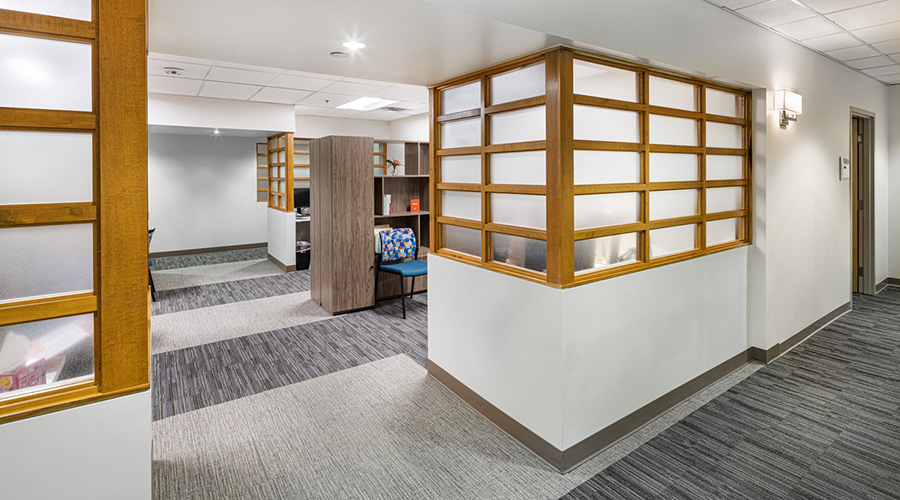Although COVID-19 has consumed the attention of healthcare facilities managers for the better half of two years, that does not mean managers can let the prevention of other bacteria and viruses go by the wayside. Legionella, a genus of pathogenic Gram-negative bacteria, can cause Legionnaire’s disease. Often found in facilities’ water supplies, Healthcare Facilities Today looks to find the most common causes of Legionella in this roundtable with manufacturers.
What are common causes and culprits for Legionella or other bacteria in water supplies?
Legionella is a ubiquitous, naturally occurring bacteria found in freshwater sources. While in nature, such as rivers or lake streams, it can be innocuous. It becomes a health concern when it grows in water distribution systems. Inhaled aerosolized Legionella could lead to severe pneumonia called Legionellosis or Legionnaire’s disease. Legionella can grow in water supply lines if temperatures are suitable, if disinfectant residual is lost, and/or if the system contains low or no-flow conditions. Active flow through water supply lines minimizes the potential for these conditions to develop.
From there, when water is pulled through faucets and shower heads, droplets are aerosolized and then inhaled by humans, possibly causing extreme lung infections and inflammation. In potable water systems, the percentage of distal hot water outlets (faucets and showers) that test positive for Legionella has been shown to be an effective indicator of Legionnaires’ disease risk in healthcare facilities. This calculation is known as distal site positivity.
The risk for healthcare-acquired Legionnaires’ disease increases if greater than 30 percent of distal sites test positive for Legionella, especially L. pneumophila serogroup 1 that is established as a rule of thumb by the industry experts. In non-potable water systems, such as cooling towers, spas and pools, decorative water features, or other aerosol generating equipment, the presence or concentration of Legionella is used as an indicator of risk.
— Professor Cem Candir, Chemstar WATER CEO
The common causes and culprits for Legionella or other bacteria in the water supply are contamination of the feeding water, stagnation in the internal network (ex. Too large pipes), bad isolation of the pipes, temperature of hot water is too low, stagnation in the faucet. The type of pipe is also very important, especially when different metals are used as Legionella needs iron to grow. Meanwhile, the presence of disinfectant is not crucial. In many European countries there is no residual disinfectant in the distributed water, but the chemical quality of this water is often better.
— Professor Philippe Hartemann on behalf of AquaTools

 Code Compliance Isn't Enough for Healthcare Resilience
Code Compliance Isn't Enough for Healthcare Resilience Ribbon Cutting Marks First Phase Completion for New Montefiore Einstein Facility
Ribbon Cutting Marks First Phase Completion for New Montefiore Einstein Facility Brooks Rehabilitation Launches 3 New Major Construction Projects
Brooks Rehabilitation Launches 3 New Major Construction Projects Joint Commission Standards: What Updates Matter Most?
Joint Commission Standards: What Updates Matter Most? Swinerton Completes Construction at Atlanta's Grady Hospital
Swinerton Completes Construction at Atlanta's Grady Hospital